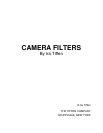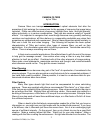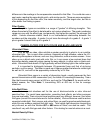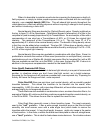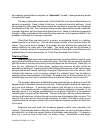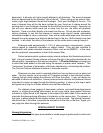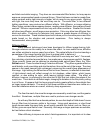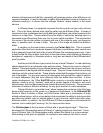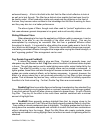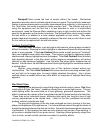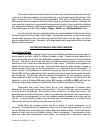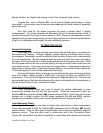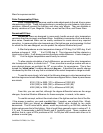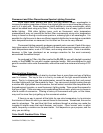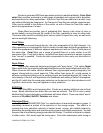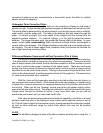
CAMERA FILTERS © Ira Tiffen
2
CAMERA FILTERS
by Ira Tiffen
INTRODUCTION
Camera filters are transparent or translucent optical elements that alter the
properties of light entering the camera lens for the purpose of improving the image being
recorded. Filters can affect contrast, sharpness, highlight flare, color, and light intensity,
either individually, or in various combinations. They can also create a variety of "special
effects." It is important to recognize that, even though there are many possibly confusing
variations and applications, all filters behave in a reasonably predictable way when their
properties are understood and experienced. Most of these properties related similarly to
filter use in both film and video imaging. The following will explain the basic optical
characteristics of Tiffen and certain other types of camera filters, as well as their
applications. It is a foundation upon which to build by experience. Textual data cannot fully
inform. There is always something new out there.
In their most successful applications, filter effects blend in with the rest of the image
to help get the message across. Use caution when using a filter in a way that draws
attention to itself as an effect. Combined with all the other elements of image-making,
filters make visual statements, manipulate emotions and thought, and make believable
what otherwise would not be. They get the viewer involved.
Filter Planning
Filter effects can become a key part of the "look" of a production, if considered in the
planning stages. They can also provide a crucial last-minute fix to unexpected problems, if
you have them readily available. Where possible, it is best to run advance tests for pre-
conceived situations when time allows.
Filter Factors
Many filter types absorb light that must be compensated for when calculating
exposure. These are supplied with either a recommended "filter factor" or a "stop value."
Filter factors are multiples of the unfiltered exposure. Stop values are added to the stop to
be set without the filter. Multiple filters will add stop values. Since each stop added is a
doubling of the exposure, a filter factor of 2 is equal to a one stop increase. Example: three
filters of one stop each will need three additional stops, or a filter factor of 2x2x2= 8 times
the unfiltered exposure.
When in doubt in the field about compensation needed for a filter that you have no
information on, you might use your light meter with the incident bulb removed. If you have
a flat diffuser, use it, otherwise just leave the sensor bare. Aim it at an unchanging light
source of sufficient intensity. On the ground, face up at a blank sky can be a good field
situation. Make a reading without the filter. Watch out for your own shadow. Make a
reading with the filter covering the entire sensor. No light should enter from the sides. The



